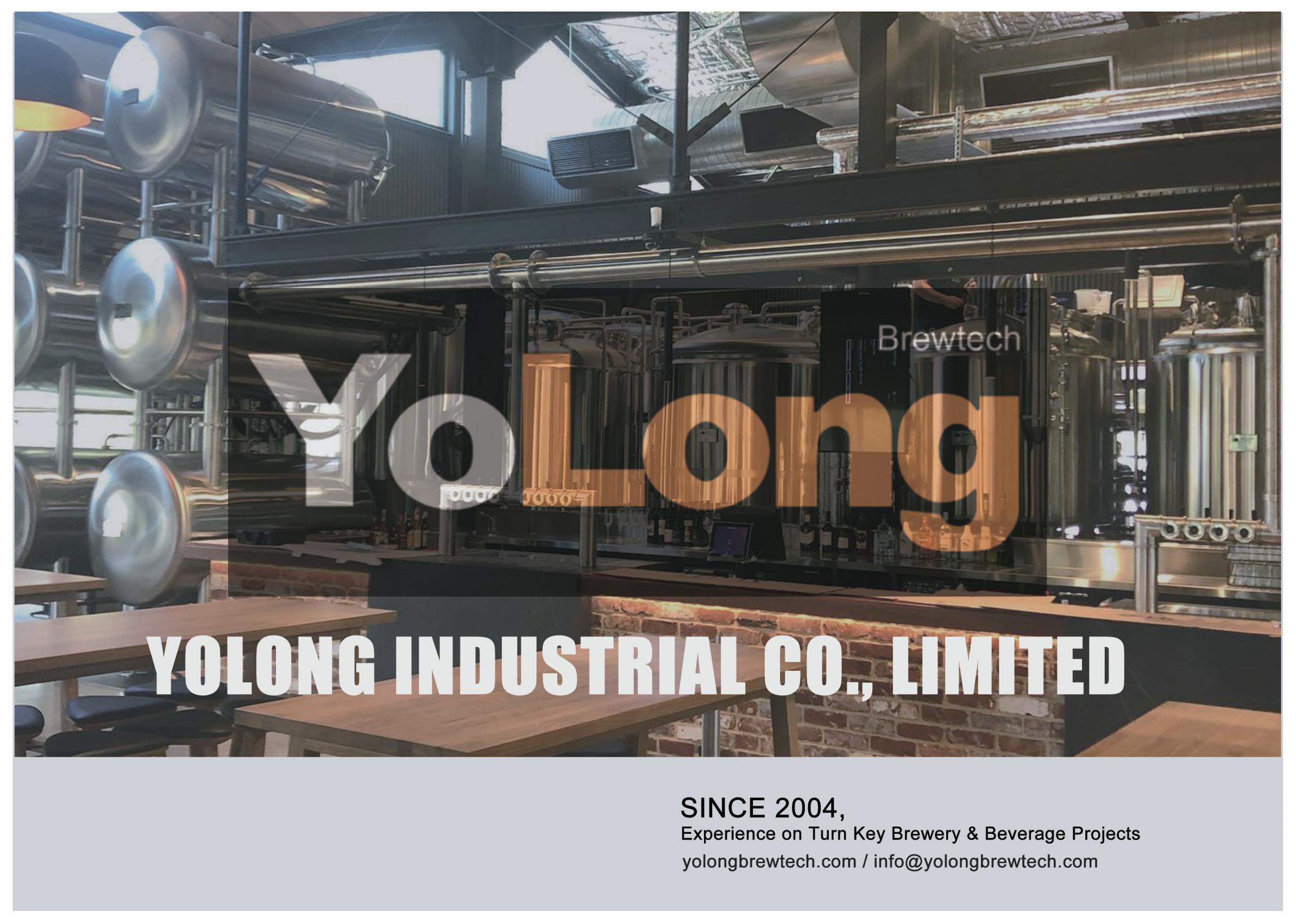Beer Production Equipment
Beer production is both an art and a science, requiring precision, patience, and, most importantly, the right equipment. Whether you’re a budding homebrewer or an established brewery looking to upgrade, this guide will walk you through every detail of beer production equipment.
The Brewing Process and Equipment Used
Step 1: Milling the Grains
The brewing process begins with milling, where malted grains are crushed to expose their starches. This is critical for converting starches into fermentable sugars.
Key Equipment: Grain mills or malt mills. Look for mills with adjustable rollers to ensure consistent crush sizes.
Step 2: Mashing
In mashing, the crushed grains are mixed with hot water to create a mash. This activates enzymes that convert starches into sugars.
Key Equipment: Mash tuns. Consider options with insulated walls to maintain temperature stability.
Step 3: Lautering
During lautering, the liquid wort is separated from the spent grains.
Key Equipment: Lauter tuns or combination mash-lauter tuns. Systems with false bottoms or slotted plates are ideal.
Step 4: Boiling
The wort is boiled to sterilize it and to integrate hops for bitterness, flavor, and aroma.
Key Equipment: Brew kettles or boiling vessels. Opt for kettles with precise temperature controls and built-in whirlpool features.
Step 5: Fermentation
The cooled wort is transferred to fermenters, where yeast is added. This is where the magic happens—sugars are converted into alcohol and CO2.
Key Equipment: Fermenters. Conical fermenters are widely preferred for easy yeast collection and cleaning.
Step 6: Conditioning
The beer is conditioned to refine its flavor and clarity.
Key Equipment: Bright tanks or secondary fermenters.
Step 7: Packaging
Finally, the beer is packaged into kegs, bottles, or cans.
Key Equipment: Bottling lines, canning lines, or kegging systems. Semi-automated or fully automated systems can save time and labor.
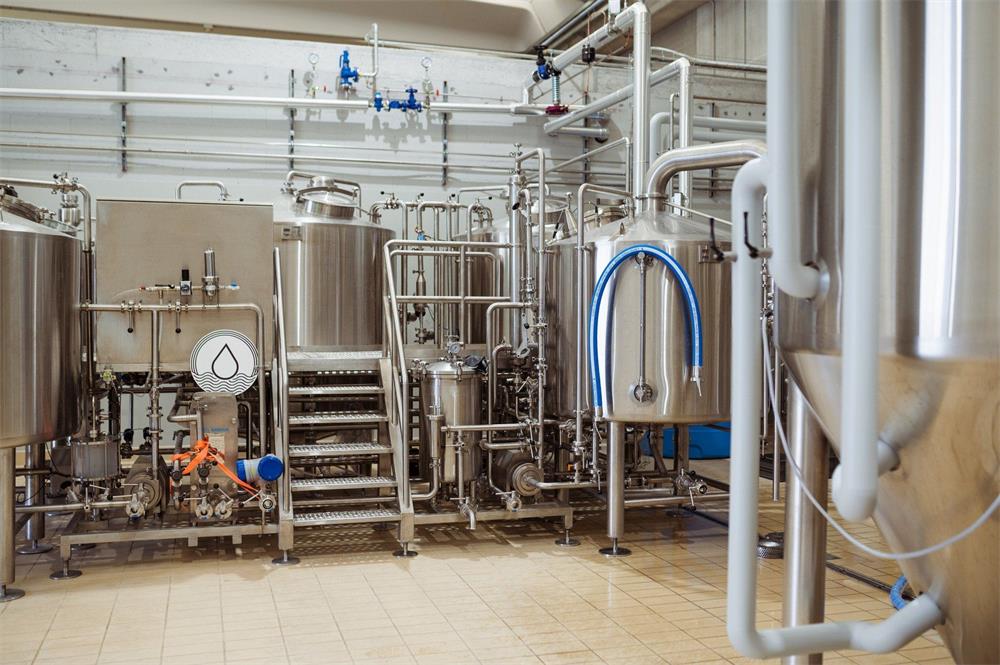
Troubleshooting Common Issues with Beer Fermenters
Fermentation Stalls
- Cause: Insufficient yeast pitching, low temperatures, or poor aeration.
- Solution: Ensure proper yeast pitching rates and maintain a consistent temperature.
Inconsistent Flavors
- Cause: Contamination or uneven fermentation.
- Solution: Regularly sanitize equipment and ensure even mixing of wort and yeast.
Pressure Build-Up
- Cause: Blocked airlocks or inadequate venting.
- Solution: Check airlocks for clogs and use fermenters with pressure-release valves.
Cloudy Beer
- Cause: Poor sedimentation or insufficient conditioning.
- Solution: Allow more conditioning time or use fining agents.
Comparison of Equipment by Capacity, Space, Design, and Customization
| Feature | Small-Scale Equipment | Medium-Scale Equipment | Large-Scale Equipment |
|---|---|---|---|
| Capacity | 5-50 gallons | 50-500 gallons | 500+ gallons |
| Space Required | Compact, fits in small areas | Requires dedicated brewing room | Large brewing facilities needed |
| Design | Simple, often manual controls | Semi-automated | Fully automated |
| Customization | Limited | Moderate | High, tailored for specific needs |
Suppliers and Price Ranges
| Supplier | Equipment Offered | Price Range |
|---|---|---|
| BrewTech Solutions | Homebrewing kits, small setups | $500 – $5,000 |
| ProBrew Equipment Co. | Medium-scale systems | $5,000 – $50,000 |
| MegaBrew Systems | Industrial brewing equipment | $50,000 – $1,000,000+ |
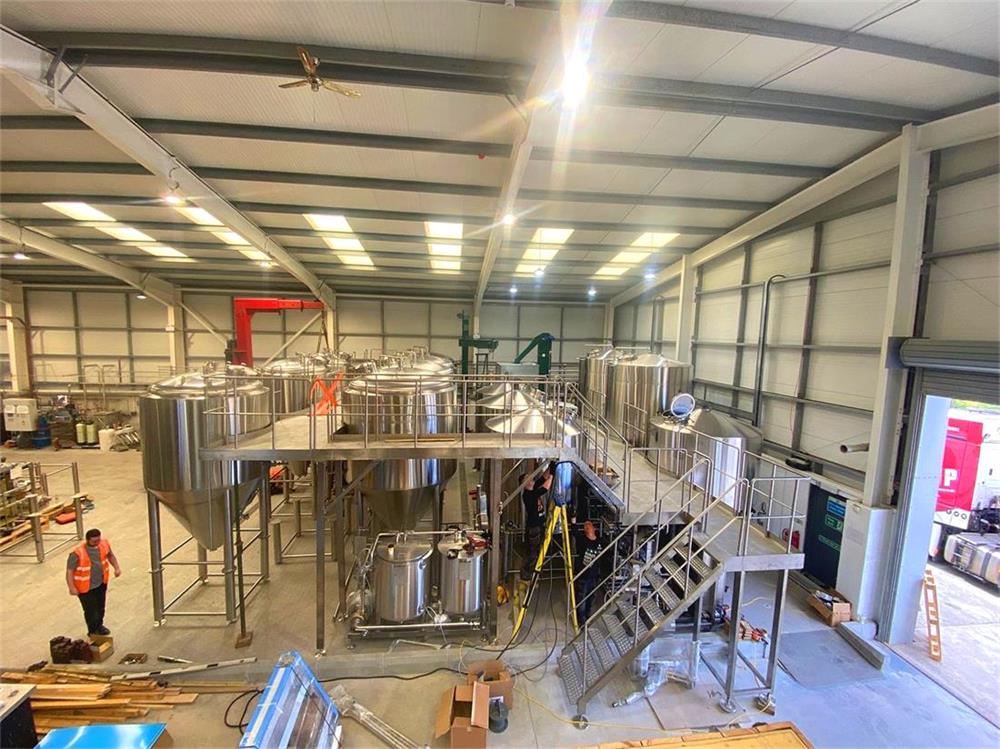



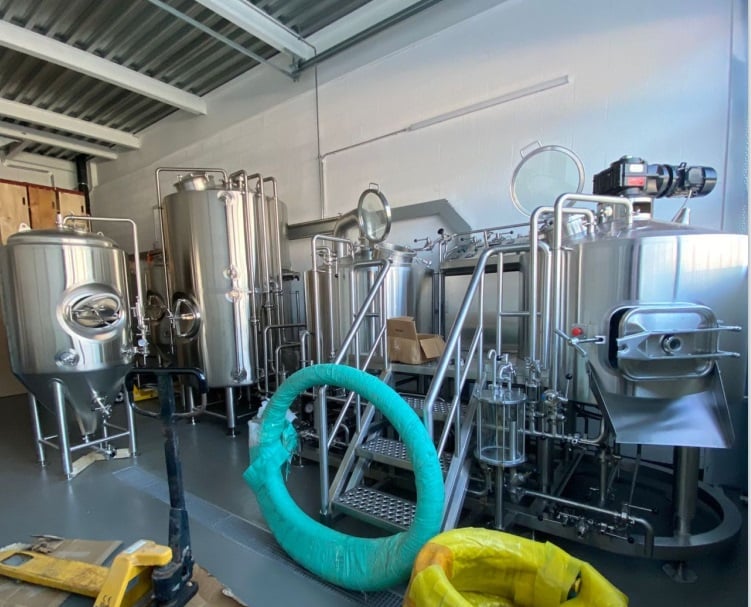
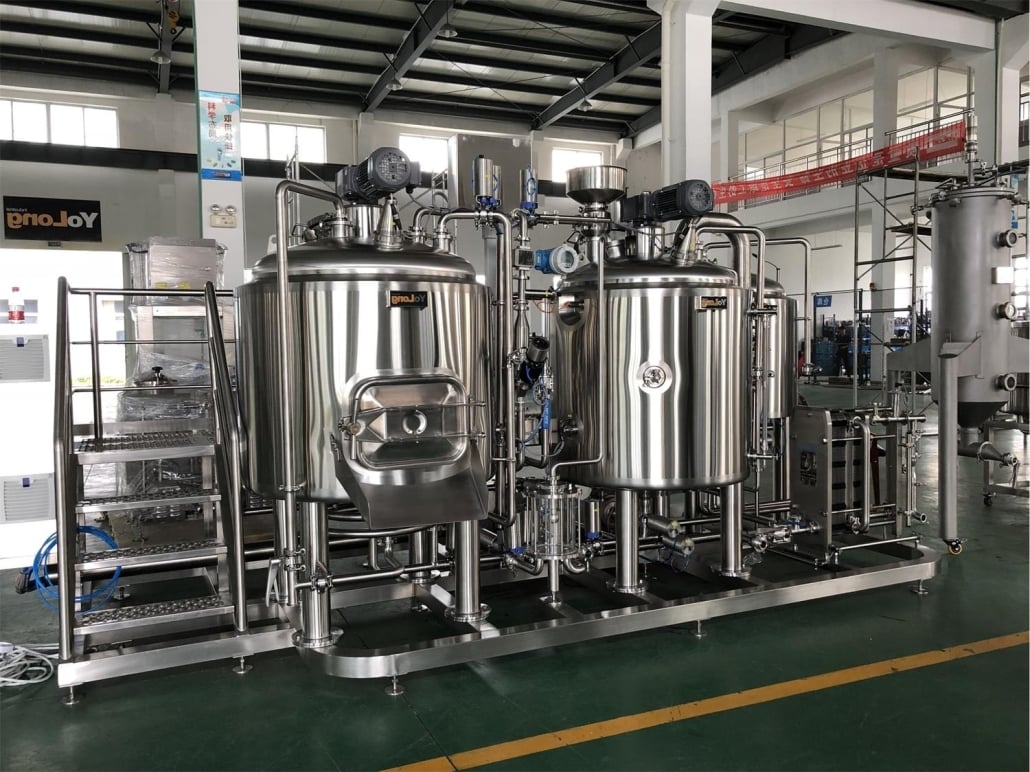
Installation, Operation, and Maintenance
| Aspect | Details |
|---|---|
| Installation | Professional setup recommended for larger systems. Ensure proper plumbing and electrical work. |
| Operation | Follow manufacturer guidelines; monitor temperature and pressure during brewing. |
| Maintenance | Regular cleaning, checking seals and valves, and scheduling professional inspections. |
How to Choose the Best Supplier
| Factor | Details |
|---|---|
| Reputation | Check reviews, testimonials, and industry standing. |
| Customization Options | Ensure the supplier offers equipment tailored to your specific needs. |
| After-Sales Support | Look for warranties, maintenance packages, and customer service. |
| Pricing Transparency | Request detailed quotes to avoid hidden fees. |
| Delivery and Installation | Confirm shipping times and whether installation support is included. |
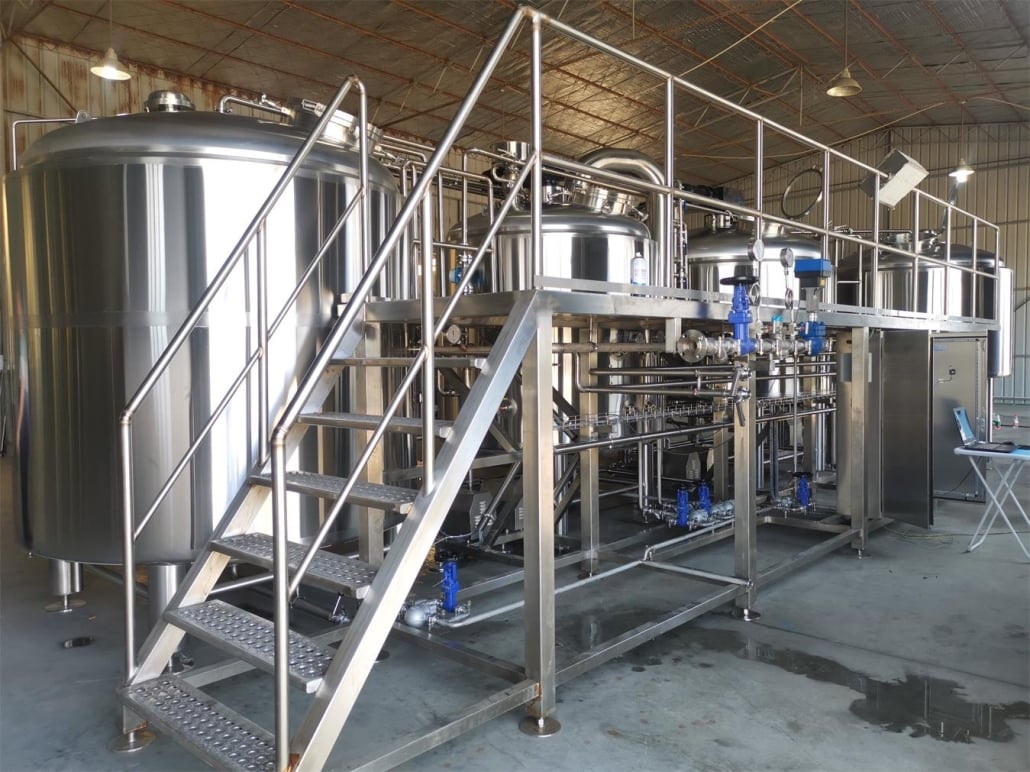
Advantages and Limitations of Beer Production Equipment
| Aspect | Advantages | Limitations |
|---|---|---|
| Small Systems | Affordable, compact, great for beginners | Limited production capacity |
| Medium Systems | Balance between cost and output | Requires more space and higher upfront investment |
| Large Systems | High output, fully automated, supports scalability | Expensive, complex installation, requires expertise |
FAQs
| Question | Answer |
|---|---|
| What is the best material for fermenters? | Stainless steel is preferred for its durability, ease of cleaning, and inert nature. |
| How do I clean brewing equipment? | Use dedicated cleaning agents like PBW (Powdered Brewery Wash) and sanitize with no-rinse solutions. |
| How much does a small brewing setup cost? | Entry-level setups can start as low as $500, while advanced systems can reach $5,000 or more. |
| Can I automate the brewing process? | Yes, many systems offer semi-automated or fully automated options. |
| How long does beer fermentation take? | It typically takes 1-3 weeks, depending on the beer style and fermentation conditions. |
Share this entry
Interested in learning more about Brewing Systems including additional details and pricing information? Please use the form below to contact us!
YOLONG BREWERY EQUIPMENT FAQS
- Commercial Brewery / Craft Brewery / Microbrewery / Nanobrewery
- What is The Difference Between Craft Beer and Industrial Beer?
- The Bespoke Differences In Custom Brewing Systems
- Everything You Need to Know About Kettle Souring
- How to Choose Brewing Equipment for Your business?
- How To Choose The-Best Partner To Build Your Commercial Microbrewing System?
- Two Detection Sensors That You Need To Use In Your Brewhouse System
- Remote Control Applications in Brewing Equipment/How does it work?
- How To Clean Your Brand New Brewery Tanks?

